
As winter wears on in the Mid-Atlantic, tasks in the garden are few and far between. However, one task that always remains is pruning. Winter is the perfect time to prune. The bare frames of trees and shrubs allow gardeners to easily see any branches that are out of place without leaves hindering our view. This is a particularly good time of year to shape shrubs with colorful stems, such as redtwig and yellow twig dogwoods (Cornus sericea, Zones 3–7), tartarian dogwood (Cornus alba, Zones 3–7), blood twig dogwood (Cornus sanguinea, Zones 4–7), and coral bark willow (Salix alba subsp. vitellina ‘Britzensis’, Zones 4–8).
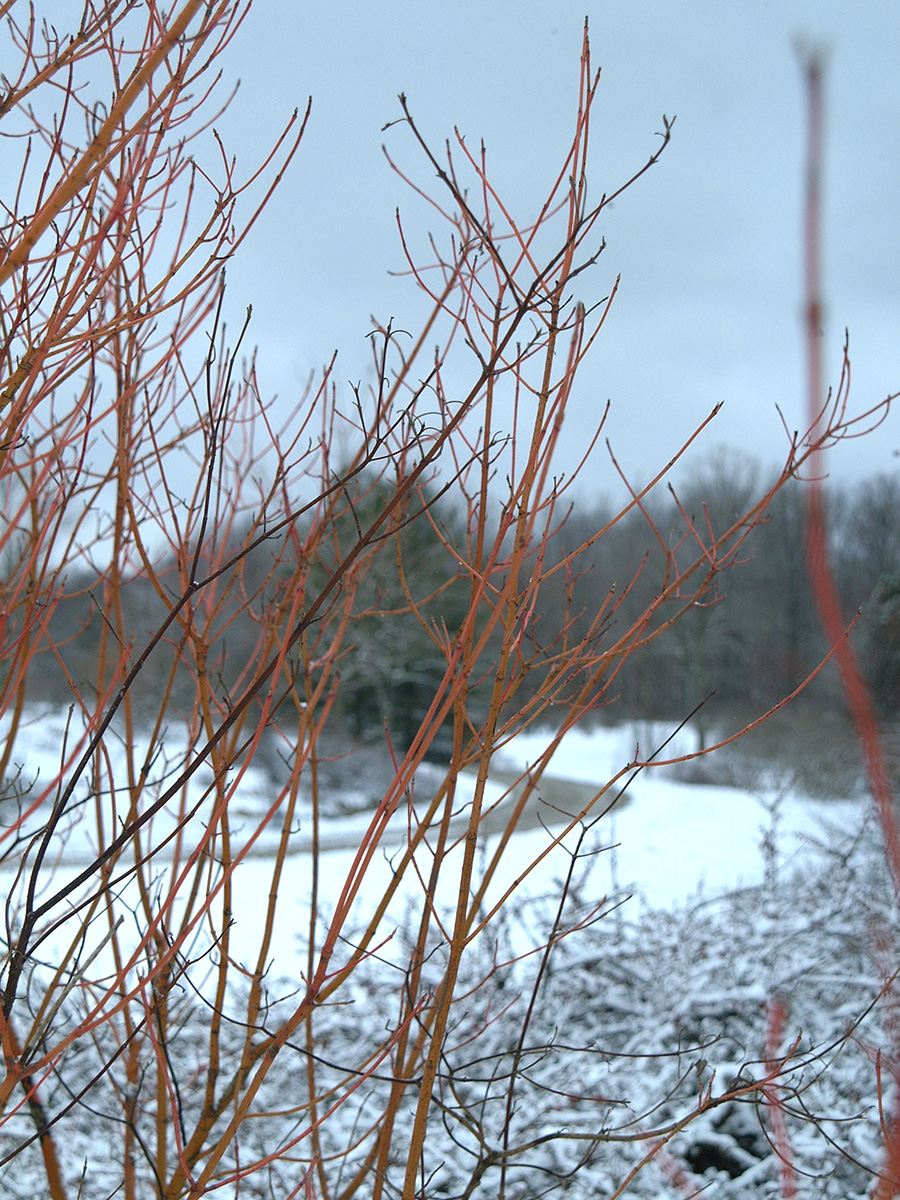
All of these species can be pruned in the same way to retain their distinctive stem colors and to maintain a desired height and shape. Since the best color is found on the new stems, pruning annually, in late winter to early spring, will promote new growth and therefore create the best color. Gardeners often prune these shrubs in two ways: by selectively pruning or coppicing.
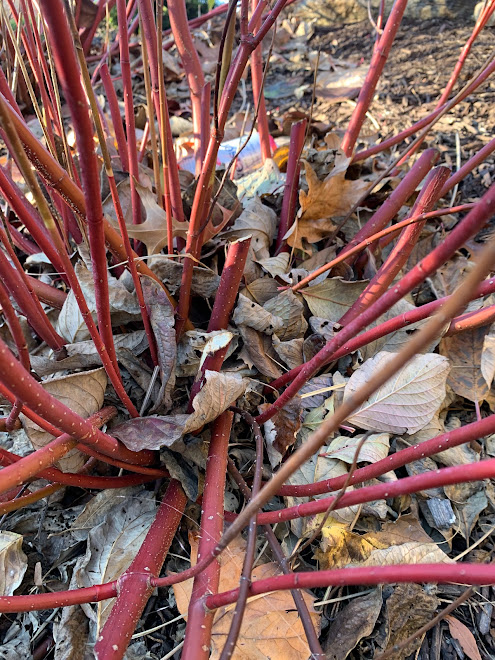
Selective pruning means that certain stems, usually about one-third of the branches on a multistemmed shrub, are completely cut back. Choose the stems that are crossing, dead, or large enough to have lost their vibrant color. This method keeps most of the plant intact and is ideal for locations where you don’t need to maintain a specific height or width. Aesthetically, it allows the plant to keep its natural habit while still stimulating new growth.
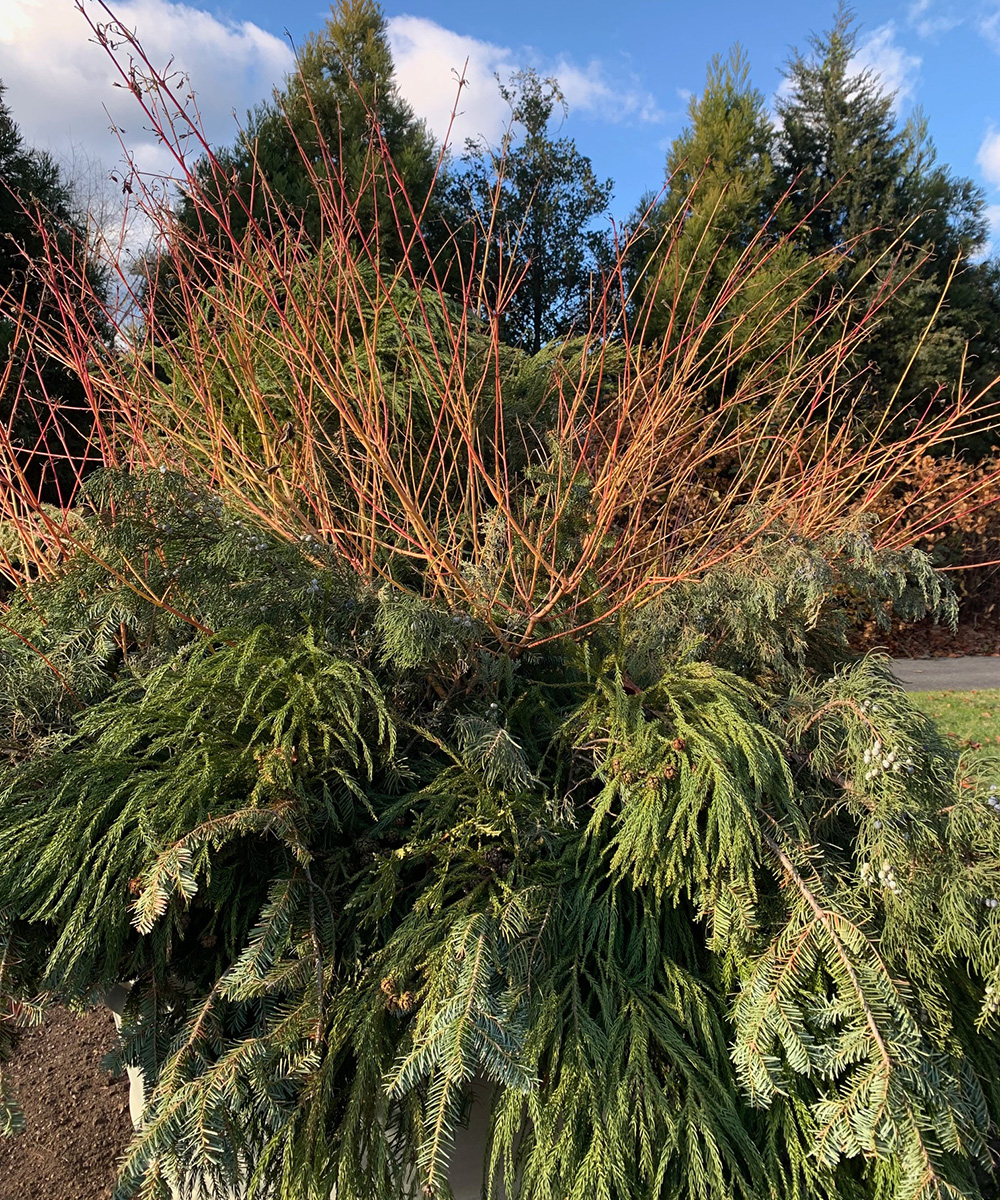
A more dramatic method is to coppice the shrub. Cutting all stems back to 4 to 6 inches above the ground promotes abundant new growth while controlling the plant’s height and width. This is a good solution in a border with limited space; the shrub stays compact because it is cut back periodically. However, you should wait a couple of years after planting and allow the plant to become fully established before you coppice. If a shrub is cut back too early after it is planted, it will show poor regrowth.
- Learn about some excellent dogwood cultivars for your garden
- Check out some ground covers that will add winter interest to your garden
- Listen to an episode of Let’s Argue About Plants with even more wonderful winter plant suggestions
—Michele Christiano has worked in public gardens for most of her career. She lives in southern Pennsylvania and currently works as an estate gardener maintaining a private garden designed by Piet Oudolf.


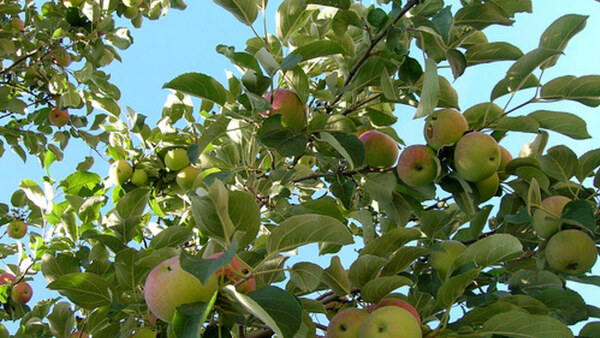
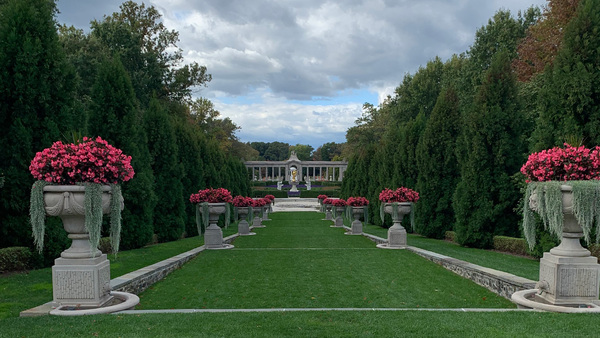

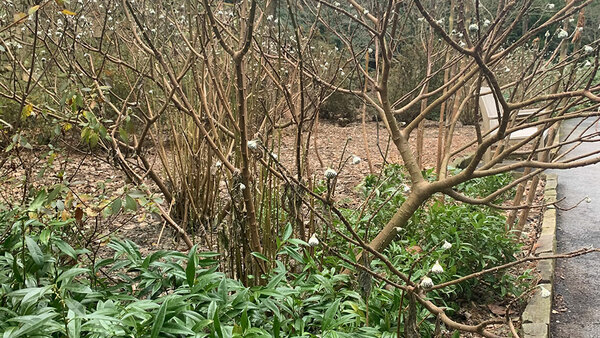












Comments
Log in or create an account to post a comment.
Sign up Log in